Grow Dill Indoors? Absolutely! Imagine having fresh, fragrant dill readily available, no matter the season, right in your kitchen. Forget those sad, wilted bunches from the grocery store – we’re talking vibrant, flavorful dill at your fingertips. For centuries, dill has been more than just a culinary herb; it’s been a symbol of good luck and protection in various cultures, adding a touch of history to your modern kitchen garden.
But let’s be honest, sometimes life gets in the way of tending a full-fledged garden. That’s where this DIY guide comes in. I’m going to show you how incredibly easy it is to grow dill indoors, even if you don’t have a green thumb. We’ll cover everything from choosing the right container and soil to providing the perfect light and watering schedule. This simple trick will not only elevate your cooking with fresh herbs but also bring a touch of nature and tranquility into your home. So, let’s ditch the store-bought dill and embark on this rewarding indoor gardening adventure together!
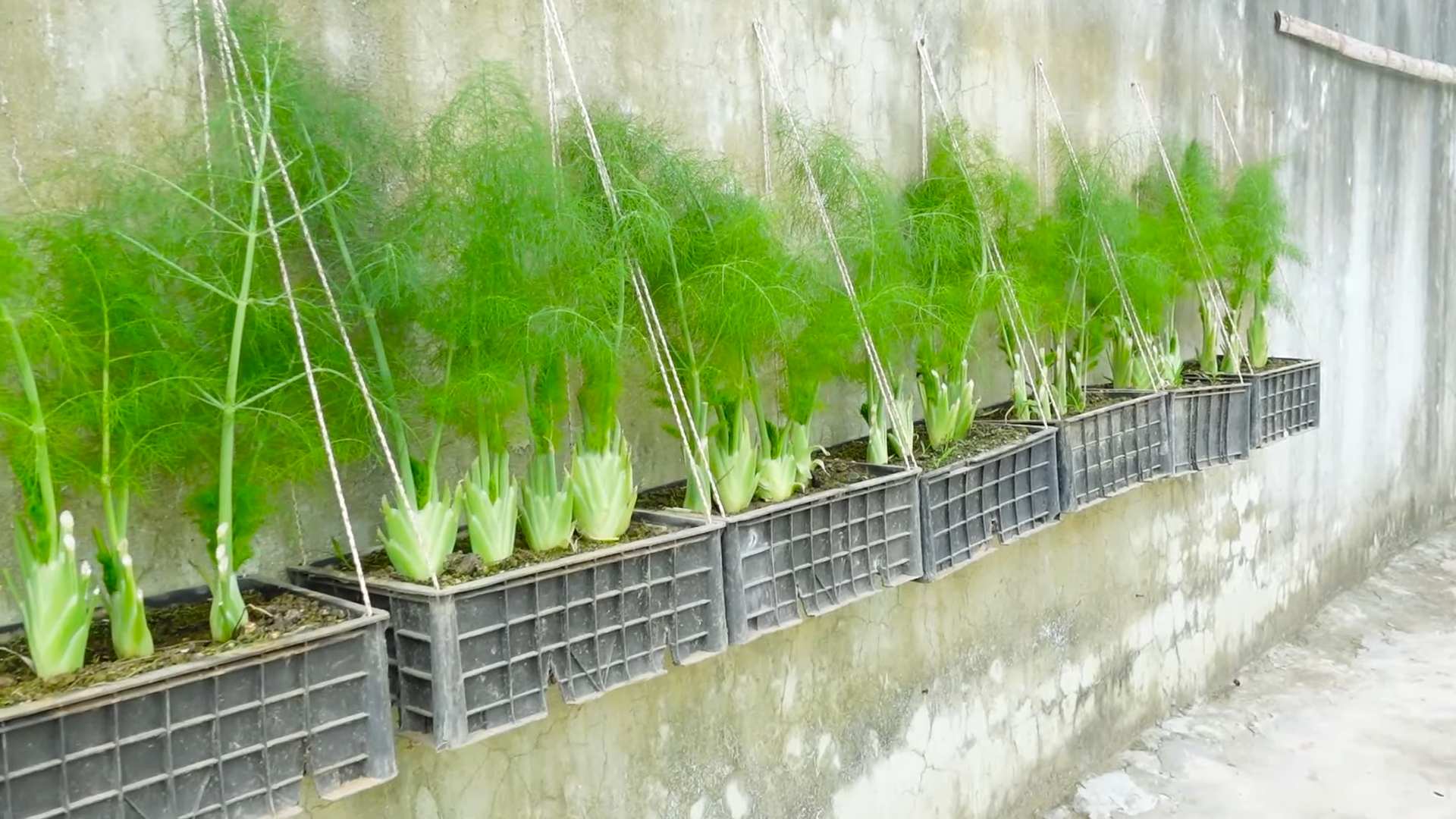
Growing Dill Indoors: A Beginner’s Guide
Hey there, fellow plant enthusiasts! Ever dreamt of having fresh dill readily available for your culinary creations, even when the weather outside is frightful? Well, dream no more! Growing dill indoors is surprisingly easy and rewarding. I’m going to walk you through everything you need to know, from choosing the right pot to harvesting your fragrant bounty. Let’s get started!
What You’ll Need
Before we dive into the nitty-gritty, let’s gather our supplies. Here’s a checklist of everything you’ll need to successfully grow dill indoors:
* **Dill Seeds:** Opt for a variety specifically suited for container gardening, if possible. ‘Dukat’ and ‘Fernleaf’ are popular choices.
* **Pot:** A pot that’s at least 6-8 inches in diameter and depth is ideal. Dill has a taproot, so depth is important. Make sure it has drainage holes!
* **Potting Mix:** Use a well-draining potting mix. Avoid garden soil, as it can compact and hinder drainage.
* **Grow Lights (Optional but Recommended):** Dill needs plenty of light, so if you don’t have a sunny windowsill, grow lights are a must.
* **Watering Can or Spray Bottle:** For gentle watering.
* **Small Shovel or Trowel:** For planting the seeds.
* **Fertilizer (Optional):** A balanced liquid fertilizer can give your dill a boost.
Choosing the Right Location
Dill craves sunlight, so finding the perfect spot is crucial.
* Sunlight is Key: Aim for a location that receives at least 6 hours of direct sunlight per day. A south-facing window is usually your best bet.
* Supplement with Grow Lights: If you don’t have enough natural light, don’t despair! Grow lights are your best friend. Position them a few inches above the seedlings. I’ve had great success with LED grow lights.
* Temperature Considerations: Dill prefers temperatures between 60-70°F (15-21°C). Avoid placing it near drafts or heat sources.
Planting Your Dill Seeds
Now for the fun part – planting!
1. **Prepare the Pot:** Fill your pot with potting mix, leaving about an inch of space at the top. Gently pat down the soil.
2. **Sow the Seeds:** Sprinkle the dill seeds evenly over the surface of the soil. You can sow them quite densely, as you can always thin them out later.
3. **Cover the Seeds:** Lightly cover the seeds with a thin layer of potting mix (about ¼ inch).
4. **Water Gently:** Use a watering can or spray bottle to gently moisten the soil. Avoid overwatering, as this can cause the seeds to rot.
5. **Provide Humidity:** Cover the pot with plastic wrap or a plastic bag to create a humid environment. This will help the seeds germinate.
6. **Place in a Warm Location:** Place the pot in a warm location (around 70°F or 21°C).
7. **Wait for Germination:** Dill seeds typically germinate in 7-14 days. Once the seedlings emerge, remove the plastic wrap.
Caring for Your Dill Seedlings
Once your dill seedlings have sprouted, it’s time to provide them with the care they need to thrive.
1. **Watering:** Water your dill regularly, keeping the soil consistently moist but not waterlogged. Check the soil moisture by sticking your finger into the soil. If the top inch feels dry, it’s time to water.
2. **Lighting:** Ensure your dill receives adequate light. If you’re using grow lights, keep them on for 14-16 hours per day.
3. **Thinning:** Once the seedlings are a few inches tall, thin them out to about 2-3 inches apart. This will give them enough space to grow. Don’t just pull them out! Gently snip them at the soil line with scissors to avoid disturbing the roots of the remaining plants.
4. **Fertilizing (Optional):** If you want to give your dill a boost, you can fertilize it every 2-3 weeks with a balanced liquid fertilizer diluted to half strength. I personally don’t always fertilize, but it can definitely help.
5. **Pinching:** Pinch off the flower buds as they appear. This will encourage the plant to produce more leaves, which is what we’re after.
6. **Air Circulation:** Ensure good air circulation around your dill plants to prevent fungal diseases. A small fan can help with this.
Harvesting Your Dill
The best part! Harvesting your own fresh dill.
1. **When to Harvest:** You can start harvesting dill leaves when the plants are about 6-8 inches tall.
2. **How to Harvest:** Use scissors to snip off the leaves as needed. You can harvest individual leaves or entire stems.
3. **Harvest Regularly:** Regular harvesting will encourage the plant to produce more leaves.
4. **Seed Saving (Optional):** If you want to save dill seeds for next year, allow some of the plants to flower and go to seed. Once the seed heads are dry and brown, you can harvest the seeds.
Troubleshooting Common Problems
Even with the best care, you might encounter a few challenges along the way. Here are some common problems and how to address them:
* **Yellowing Leaves:** This could be a sign of overwatering, underwatering, or nutrient deficiency. Adjust your watering schedule and consider fertilizing.
* **Leggy Growth:** This is usually caused by insufficient light. Move your dill to a sunnier location or supplement with grow lights.
* **Pests:** Dill is generally pest-resistant, but aphids or spider mites can sometimes be a problem. If you spot any pests, try spraying them with insecticidal soap.
* **Fungal Diseases:** Overwatering and poor air circulation can lead to fungal diseases. Ensure good air circulation and avoid overwatering.
Succession Planting for Continuous Harvest
To ensure a continuous supply of fresh dill, consider succession planting. This involves planting new seeds every few weeks. This way, you’ll always have dill at different stages of growth. I usually start a new batch every 3-4 weeks.
Choosing the Right Dill Variety
While most dill varieties will grow indoors, some are better suited for container gardening than others. Here are a few popular choices:
* **’Dukat’:** This variety is known for its strong flavor and compact growth habit.
* **’Fernleaf’:** This variety is also compact and has finely divided leaves.
* **’Bouquet’:** This variety is a good all-around choice for both leaves and seeds.
Using Your Fresh Dill
Now that you’ve successfully grown your own dill, it’s time to put it to use! Here are just a few ideas:
* **Add it to dips and sauces:** Dill is a classic addition to creamy dips and sauces.
* **Sprinkle it on salads:** Fresh dill adds a burst of flavor to salads.
* **Use it to flavor fish and seafood:** Dill is a natural pairing for fish and seafood.
* **Make dill pickles:** Of course, you can’t forget about dill pickles!
* **Garnish your dishes:** Dill makes a beautiful and flavorful garnish.
Growing dill indoors is a rewarding experience that allows you to enjoy fresh herbs year-round. With a little bit of care and attention, you can have a thriving dill plant in your home. Happy gardening!
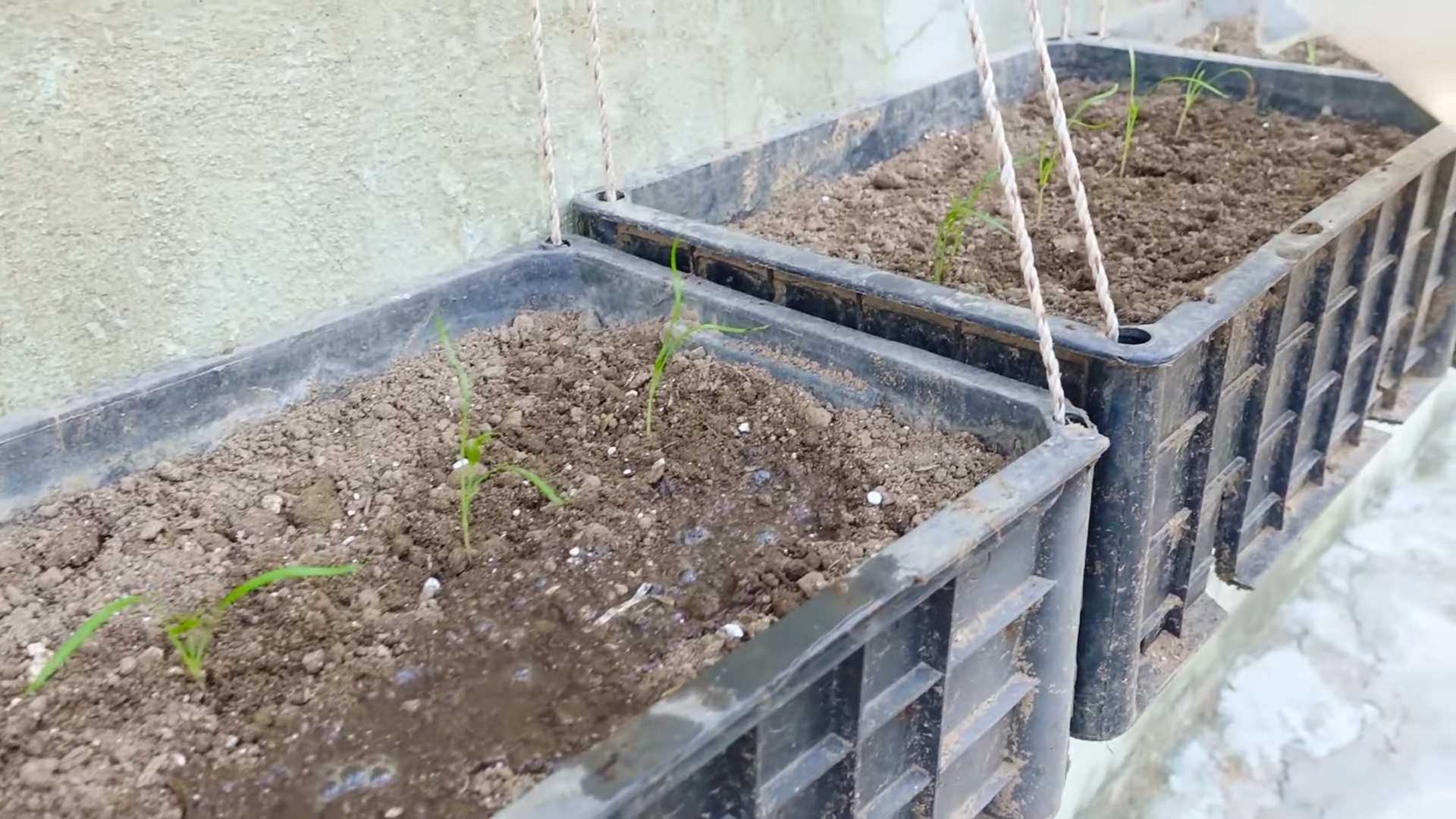
Conclusion
So, there you have it! Growing dill indoors is not only achievable, but it’s also a rewarding experience that brings the fresh, vibrant flavor of this versatile herb right to your fingertips, regardless of the season. Forget those sad, wilted bunches from the grocery store – imagine snipping fresh dill sprigs whenever you need them, adding a burst of herbaceous goodness to your favorite dishes.
This DIY trick is a must-try for several compelling reasons. First and foremost, it grants you unparalleled control over the quality of your dill. You know exactly what goes into its growth – no pesticides, no questionable fertilizers, just pure, organic goodness. Secondly, it’s incredibly convenient. No more last-minute trips to the store when you realize you’re out of dill. Your supply is always readily available, just a snip away. Thirdly, and perhaps most importantly, it’s incredibly satisfying. There’s something deeply fulfilling about nurturing a plant from seed to harvest, witnessing its growth, and then enjoying the fruits (or rather, herbs) of your labor.
But the beauty of growing dill indoors lies not only in its practicality but also in its adaptability. Feel free to experiment with different varieties of dill. ‘Bouquet’ dill is a popular choice for its abundant foliage, while ‘Dukat’ dill offers a more intense flavor. You can also play around with different containers. While a standard pot works perfectly well, you could also try using a self-watering container to minimize the risk of over or under-watering. Consider companion planting too! Dill thrives alongside other herbs like basil and parsley, creating a miniature indoor herb garden that’s both aesthetically pleasing and incredibly functional.
Don’t be afraid to get creative with your setup. If you’re short on space, consider using a vertical planter or hanging baskets to maximize your growing area. You can even repurpose old containers, giving them a new lease on life while adding a touch of rustic charm to your indoor garden. The possibilities are endless!
We wholeheartedly encourage you to give this DIY trick a try. It’s a simple, cost-effective, and incredibly rewarding way to bring the fresh flavor of dill into your home. And once you’ve experienced the joy of harvesting your own homegrown dill, we’re confident you’ll never go back to store-bought again.
So, grab your seeds, gather your supplies, and get ready to embark on your indoor dill-growing adventure! And most importantly, don’t forget to share your experience with us. We’d love to hear about your successes, your challenges, and any tips or tricks you’ve discovered along the way. Share your photos, your stories, and your favorite dill-infused recipes in the comments below. Let’s create a community of indoor dill enthusiasts and inspire others to embrace the joy of homegrown herbs! Let us know if you have any questions about how to grow dill indoors.
Frequently Asked Questions (FAQ)
1. What kind of dill seeds should I use for indoor growing?
You can use any variety of dill seeds for indoor growing, but some varieties are better suited than others. ‘Bouquet’ dill is a popular choice because it produces abundant foliage, making it ideal for harvesting. ‘Dukat’ dill is another excellent option, known for its more intense flavor. ‘Fernleaf’ dill is a compact variety that’s well-suited for smaller spaces. Ultimately, the best choice depends on your personal preferences and the amount of space you have available. Make sure to purchase seeds from a reputable source to ensure their viability and quality.
2. What type of soil is best for growing dill indoors?
Dill prefers well-draining soil that’s rich in organic matter. A good potting mix specifically formulated for herbs or vegetables is ideal. You can also create your own potting mix by combining equal parts of potting soil, perlite, and compost. Perlite helps to improve drainage, while compost provides essential nutrients. Avoid using garden soil, as it can be too heavy and may contain pests or diseases.
3. How much sunlight does indoor dill need?
Dill requires at least 6 hours of direct sunlight per day to thrive. If you don’t have a sunny windowsill, you can supplement with grow lights. Position the grow lights about 6-12 inches above the plants and keep them on for 12-16 hours per day. Rotate the plants regularly to ensure that all sides receive adequate light. Insufficient sunlight can lead to leggy growth and reduced flavor.
4. How often should I water my indoor dill plants?
Water dill plants when the top inch of soil feels dry to the touch. Avoid overwatering, as this can lead to root rot. Ensure that the pot has drainage holes to allow excess water to escape. During the warmer months, you may need to water more frequently than during the cooler months. Check the soil moisture regularly and adjust your watering schedule accordingly.
5. How do I fertilize my indoor dill plants?
Dill plants benefit from regular fertilization, especially during the growing season. Use a balanced liquid fertilizer diluted to half strength every 2-3 weeks. Alternatively, you can use a slow-release fertilizer at the time of planting. Avoid over-fertilizing, as this can lead to excessive foliage growth at the expense of flavor.
6. When and how should I harvest my indoor dill?
You can start harvesting dill leaves as soon as the plants are about 6-8 inches tall. Simply snip off the leaves as needed, using scissors or pruning shears. Avoid removing more than one-third of the plant at a time, as this can stunt its growth. Dill flowers are also edible and can be used to add a unique flavor to salads and other dishes. If you want to harvest dill seeds, allow the flowers to dry on the plant and then collect the seeds.
7. How can I prevent pests and diseases from affecting my indoor dill plants?
To prevent pests and diseases, start with healthy seeds and use a clean potting mix. Regularly inspect your plants for signs of pests, such as aphids, spider mites, or whiteflies. If you find any pests, treat them promptly with insecticidal soap or neem oil. Ensure good air circulation around the plants to prevent fungal diseases. Avoid overwatering, as this can create a favorable environment for fungal growth.
8. My dill plant is getting leggy. What should I do?
Leggy growth is often a sign of insufficient sunlight. Move your dill plant to a sunnier location or supplement with grow lights. You can also prune the plant back to encourage bushier growth. Pinch off the tips of the stems to promote branching.
9. Can I grow dill from cuttings?
While it’s more common to grow dill from seeds, you can try propagating it from cuttings. Take a 4-6 inch cutting from a healthy dill plant and remove the lower leaves. Dip the cut end in rooting hormone and plant it in a pot filled with moist potting mix. Cover the pot with a plastic bag to create a humid environment and place it in a warm, bright location. Keep the soil moist but not soggy. After a few weeks, the cutting should develop roots.
10. How long will my indoor dill plant last?
Dill is an annual herb, meaning it completes its life cycle in one growing season. However, with proper care, you can extend its lifespan and enjoy fresh dill for several months. Once the plant starts to flower, it will begin to decline. To prolong its life, pinch off the flower buds as they appear. You can also collect the seeds and sow them for a new crop of dill.

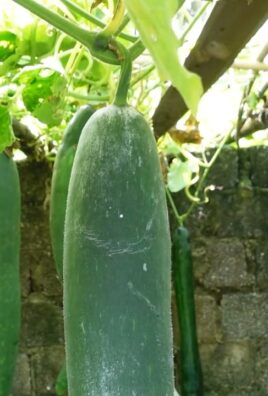
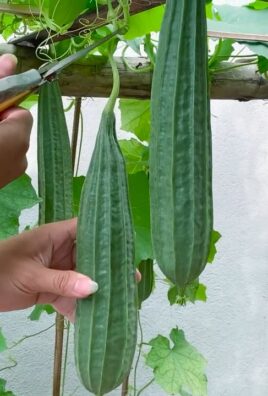
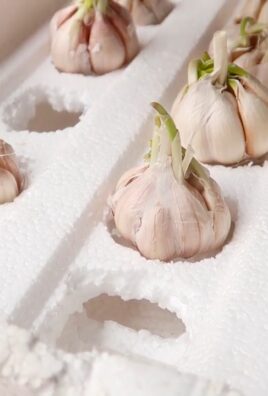
Leave a Comment